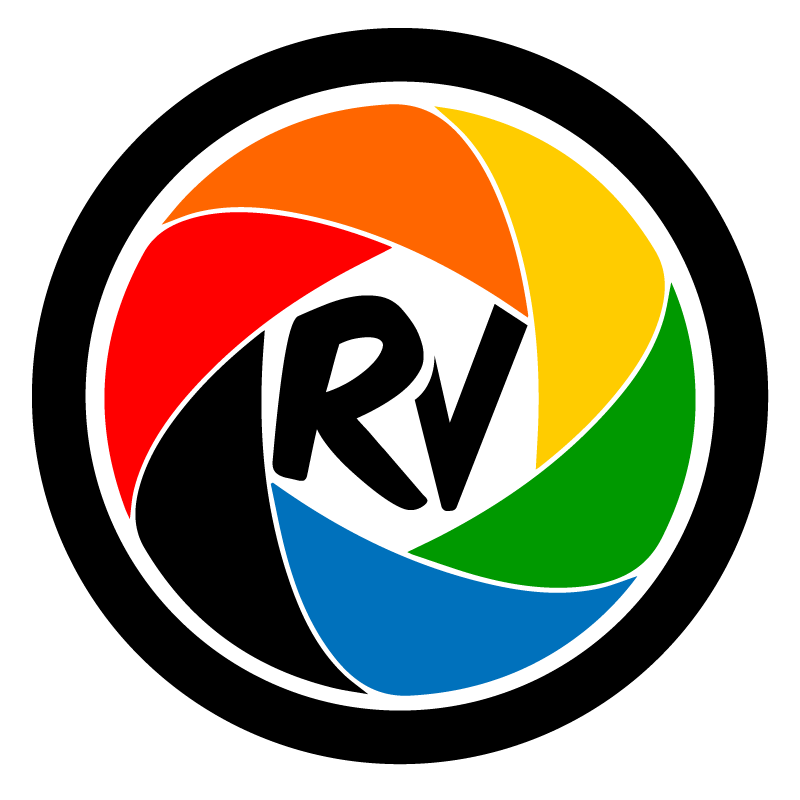What is Video Editing all About?
Video editing is a crucial part of film making and creating content. In this article, we’ll explore the details of this process and why it’s so important. We’ll break down the different parts of video editing and show how it applies to various kinds of projects. By examining the main ideas from the text, our goal is to give you a complete understanding of the art of video editing.
The Video Editing Process:
At its core, video editing is a multifaceted process that encompasses several crucial stages. These stages serve as the backbone of every video editing endeavor, regardless of its scale or purpose. The process begins with the meticulous organization of raw content, ensuring easy accessibility when required. Subsequently, a meticulous review of the material takes place, allowing editors to familiarize themselves with the content as a whole.
The next phase involves the creation of a cohesive story sequence, where editors construct a preliminary narrative framework. Precision in adjusting timing is paramount as it fine-tunes the flow of the story, much like a well-composed musical piece. Furthermore, editors employ visual effects and graphics to transform the content, enhancing its visual appeal and clarity.
The inclusion of a carefully crafted soundtrack is imperative. Editors clean up, tune up, and mix audio elements to create a harmonious auditory experience. Finally, the completed project is rendered into multiple formats for a global audience to appreciate.
Flexibility in the Video Editing Process:
Recognizing the dynamic nature of video editing, the text underscores the importance of flexibility within the editing process. It acknowledges that the time allocated to each stage can fluctuate significantly based on project-specific needs. For instance, decisions regarding the inclusion of graphics may vary depending on the project’s demands.
Working with a Sequence in an Non-Linear Editing Software:
A pivotal component of the video editing process is the assembly of video clips into a coherent sequence. Adobe Premiere Pro is introduced as a versatile tool for this purpose. However, the text emphasizes that the ultimate goal is to ensure the audience can effortlessly follow and connect with the narrative being conveyed. This parallels the importance of rhythm in storytelling, equating it to the rhythms found in music, acting, character movements, and camera work.
Enhancing Projects with Premiere Pro:
We strongly recommend using professional tools like Adobe Premiere Pro to make your videos better. This software has many useful features, like fixing colors, cleaning up audio, adjusting speed, and adding cool transitions. When editors become experts with these tools, they can improve their skills and create professional-quality videos.
Skill Development:
Finally, we encourage beginners to start their editing journey gradually. Each skill they learn can be used over and over to make their projects better. It’s a bit like learning to dance; practicing editing is the best way to get better.
An interview with the award winning editor “Walter Murch” provides valuable insights into the art of film editing and the skills and considerations involved in the process.
- Importance of Storytelling and Rhythm: A good editor must possess a sense of storytelling, which involves understanding the rhythm of a story. In the interview, Walter Murch draws an analogy between editing and telling a joke, emphasizing that even great content can fall flat if not edited with the right rhythm.
- Rhythm in Editing: Murch mentions that editing is approximately 70 percent about rhythm. It involves determining what to show, how to show it, and at what rate, which is crucial for engaging the audience and conveying the story effectively.
- Comparison to Dance: The process of learning video editing to learning dance. Much implies that while the basics can be taught, true proficiency comes from practical experience and experimentation. Editors gradually learn how to structure and refine the rhythm of a film.
- Role of an Editor Assistant: The role of an assistant editor lies on the need for a balance between attention to detail (decimal points) and the broader picture. The assistant should be aware of the story’s needs and the editor’s requirements while also considering the human aspects of the work.
- Impact of Digital Technology: Advancements in digital technology, particularly larger image sensors, which allow for greater flexibility in post-production. Editors can recompose images within the frame, eliminating elements that do not fit the story or making adjustments as needed.
- Vertical Editing: Murch introduces the concept of vertical editing, where adjustments are made within the frame rather than just sequencing shots horizontally. This approach allows editors to choose what to include or exclude within a single shot for narrative purposes.
- Learning and Accessibility: Murch underscores the accessibility of learning video editing in the digital age. He encourages aspiring editors to practice, edit, and experiment with freely available software and resources on the internet, as opposed to the limitations and costs associated with film editing in the past.
- Evolution of Film Editing: Murch acknowledges that film editing is a relatively new art form compared to other artistic disciplines and that both individuals and cultures are continually discovering and evolving the techniques and principles of film editing.
Overall, the interview provides a rich perspective on the creative and technical aspects of video editing, emphasizing the importance of rhythm, storytelling, and adaptation to evolving technologies in this dynamic field.
Here is a link to the video and some: Click to watch
In conclusion, video editing is an art form that’s really important in filmmaking and content creation. This article has carefully looked at the main ideas in the text, giving you a good understanding of how video editing works. From getting organized and telling a story to using professional tools and improving skills, video editing is a complex skill that combines creativity with technical know-how. If you’re just starting out, this knowledge will help you on your editing journey, allowing you to tell compelling stories through video.


